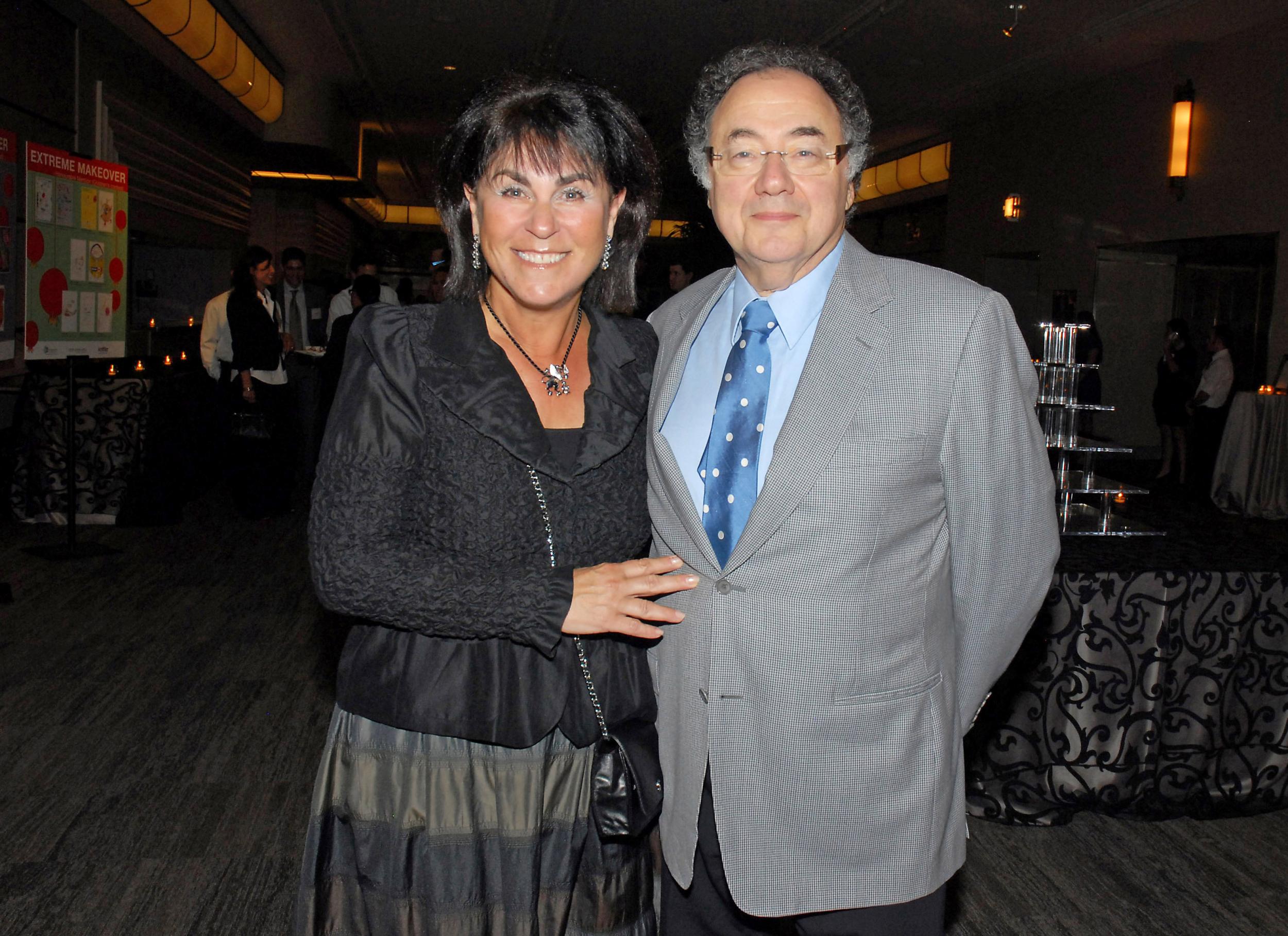Everything we know about the murders of Canadian billionaire couple Barry and Honey Sherman
The double murder remains unsolved four years later
After four years of investigating, Toronto police believe they have a new lead in the double murder of billionaire couple Barry and Honey Sherman.
On Tuesday, police released a video from a home security system showing a man walking near their house on the night of the murder. Because of the time the individual spent near the home, police believe the individual is a suspect, and not just a person of interest.

In the four years since the investigation began, very little information has been released to the public regarding the couple's death, despite police conducting more than 200 witness interviews and obtaining more than 41 warrants to secure records of various types.
Here's everything we know about the double murder.
On the night of 13 December, 2017, Barry and Honey Sherman were murdered. Their bodies were found fully clothed on the deck of their indoor pool, with no sign of a break-in. Later autopsies revealed that the couple, both in their 70s, had died of strangulation by a material.
Mr Sherman was the founder and owner of Apotex, a major pharmaceutical company producing generic drugs in Canada. Both he and his wife were noted philanthropists, and controlled US $3.2bn at the time of their deaths, making Mr Sherman the 12th wealthiest man in Canada at the time.
Ms Sherman served on the boards of several charities and was known for her philanthropic work. She was considered more outgoing than her husband, who reportedly preferred to focus on his work. The couple were major donors to The United Way and gave $50m to the United Jewish Appeal and other Jewish charities, even though Mr Sherman considered himself an atheist.
Mr Sherman's giving later faced scrutiny after MacLean's, a news magazine, found that he had been making large donations to foundations he set up in his or his company's name, which allowed him tax breaks.
The Shermans were last seen alive on 13 December at Apotex headquarters, where they were going over design changes to a new house they were building. Ms Sherman was preparing to visit Miami several days later, and Mr Sherman planned to join her a week after her departure.
When he returned home that day, Mr Sherman sent a routine email to his staff, but did not call anyone, which his employees thought was odd as he reportedly suffered from insomnia.
The couple's bodies were discovered by real estate agents showing off the Shermans’ home on 15 December. Both of their necks had been tied with leather belts to a metal railing that surrounded the pool. Mr Sherman was in a seated position with his legs crossed, and Ms Sherman was lying on her side, with a bruise on her face.
A window in the house had been left open to air out a room that had just been painted, and a basement door was unlocked, which was common practice for the couple. Those details could account for why no sign of break-in was found by police.
Shortly after the investigation began, Toronto police revealed they were considering a "murder-suicide" motive for the killings, which prompted sharp criticism from the couple's four children. They demanded the police investigate the deaths as a criminal investigation.
The Sherman children became increasingly critical of the police response to the murders, prompting them to hire outside investigators and lawyers to look into the deaths.
In February, CBC news reported that one of the Sherman children, Jonathon, had hired retired Toronto police inspector Doug Grady to continue the investigation into his parents' deaths. That move prompted a schism between himself and his siblings, and the other three publicly distanced themselves from the independent investigation.
A second autopsy seemingly put the "murder-suicide" theory to rest when investigators determined the deaths were both murders.
In the years since, the investigation has become what is referred to as a "warrant investigation," in which police seek warrants for various records, and use the information gained to justify seeking warrants for other related records.
By April of 2019, police said they had a "working theory" of what had happened, though it is unknown if they are still pursuing that theory as police have provided few details of the investigation to the public.
Join our commenting forum
Join thought-provoking conversations, follow other Independent readers and see their replies
Comments
Bookmark popover
Removed from bookmarks